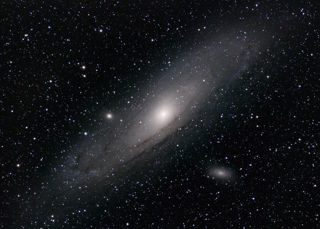
Aluminium Hypervelocity Impact Target Bumper Shield/Whipple Shield
Aluminium Hypervelocity Impact Target Bumper Shield/Whipple Shield
This pair of aluminium sheets have been used to demonstrate a technique used to protect spacecraft from micrometeoroids - small pieces of rock or metal travelling incredibly fast, which are common in space. Micrometeoroids and other man made space debris pose a great risk to spacecraft and satellites, especially those that are designed to operate in space for many years. Bigger pieces of space debris can have catastrophic consequences for astronauts, spacecraft or satellites, as, at such speeds they can puncture materials creating holes.To help combat this risk, scientists study terminal ballistics to experiment with extremely high-speed impacts - to simulate micrometeoroids that can travel up to 18 kilometres a second. These two pieces of aluminium demonstrate a Whipple Shield, invented by the American astronomer Fred Whipple. The idea is that by placing a protective bumper in front of the spacecraft, a small distance away from it, the force from the object striking it is dissipated. The space debris disintegrates as it passes through the bumper shield, spreading out the impulse over a larger area of the second piece of aluminium - therefore making sure the second piece of aluminium survives intact. This allows spacecraft to be made from thinner, lighter, materials, as the outer bumper shield offers the main spacecraft’s walls extra protection. The International Space Station has used exactly this technology to protect some of its most critical component parts.
In the case of these aluminium sheets, a high-velocity projectile has been fired through the first aluminium sheet making a significant entry hole. However, the bumper shield has done its job, proving the Whipple Shield concept, as the impulse of the projectile has been spread out - which can be seen in the multiple smaller dents in the second sheet of aluminium.
More information
Object number
2001-65
Location
Into Space Gallery
Has this object been into space?
No
Material
Aluminium
Associated Organisation
University of Kent
Associated Person
Fred Whipple
Object Production Date
1990s
Object Production Organisation
The Open University School of Physical Sciences
Object Production Place
Kent
United Kingdom
Credit Line
On display with the kind permission of the Open University Department of Physical Sciences
On Display Status
On display
Copyright and Photos
Photography is shared via the license below.
However, some objects on this website are on loan to the National Space Centre and are being shared through the permission of their owners.
Commercial use of images from this website is not allowed without additional permissions being granted. To request permission to use images for purposes not covered in the license below, please contact [email protected]
Individual objects on loan to the National Space Centre may have additional copyright permissions, so advice should always be sought before use.
![]()
This work is licensed under a Creative Commons Attribution-NonCommercial 4.0 International License.




